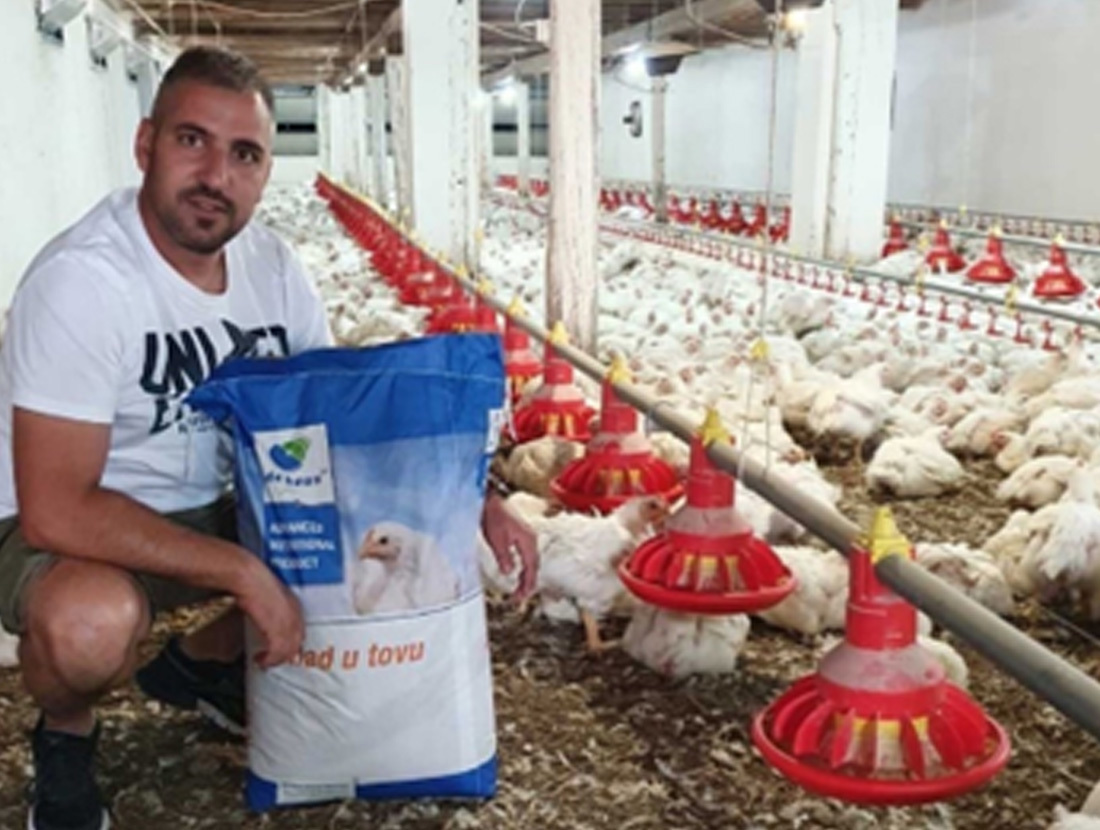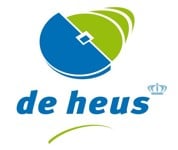Sustainable broiler farm production relies on interconnected satisfaction
Pajic family manages broiler farms in three locations: Novo Milosevo, Kumane and Galad (Serbia), with a total capacity of over 50,000 birds. The job holder is Arsen.

Broiler farmer
It wasn't always the same
Talking to Arsen, we discover that the Pajici Family started this business back in 2007, moving in 1,500 broilers. “Over the years, the market has changed. Just 10 years ago, for example, it was possible to make a solid profit with a small number of chickens. As revenue fell over time, farmers increased the number of chickens for fattening and thus ensured their survival," Arsen explains.
Every aspect of business is important
He had heard about De Heus but had always worked with other feed suppliers with varying results. He was relatively satisfied with the feed, but not with other aspects of the cooperation. "Broiler production works on the principle of connected bowls: it is only sustainable if everyone in the chain is satisfied," Arsen points out.
In January of this year, he decided to try De Heus, conducting trials on first one and then another farm. From the very beginning, the De Heus' approach pleasantly surprised him and gave him a totally new experience. "Before the trial, De Heus advisors visited the farm and asked that it be prepared according to De Heus standard. That involved disinfecting the equipment and ventilation and inspecting the silo. De Heus then recommended the number of chickens to be moved in. I trialled feed suppliers before, but never worked like this or gave me recommendations," says Arsen.
Reliable feed and seamless collaboration
Having seen the results of the fattening, he was soon convinced of the quality of the feed. He adds: "The quality of the feed is constant. Over the past 7 months, there has been a lot of disruption in the grain market. This was a bad period for everyone: for both animal feed producers and meat producers. We got through it together and survived. I gained confidence in De Heus, because it was a time when mistakes could have been made, but De Heus remained consistent. They did not improvise and there were no mistakes."
Arsen lists many of the things that make him satisfied with the cooperation with De Heus: "De Heus connects me with the slaughterhouse when I finish fattening the chickens. This is a great advantage and above all provides assurance. A specialist from De Heus visits me once a week. We then measure the chicks and calculate the feed conversion. On the 31st day of each cycle, we agree the day on which the eviction and delivery to the slaughterhouse will take place. When a new flock moves in, feed is ordered for the entire fattening period. Each new delivery of feed to the farm is announced 2 days in advance by the employees from De Heus' logistics department. At the end of each fattening period, we analyse the data of the fattening cycle and make a deal for the next one."
Optimizing broiler fattening
Arsen continues: "I’ve noticed that the new Top line for broilers is an improvement over the previous programme. The feed in the final stage of fattening has larger particles than in the previous stage. They are hard, so consumption is very good. As soon as the technical conditions are met and the feeding system is arranged on the third farm, I will switch completely to using De Heus' Top Broiler feed for all the broilers in all locations."
